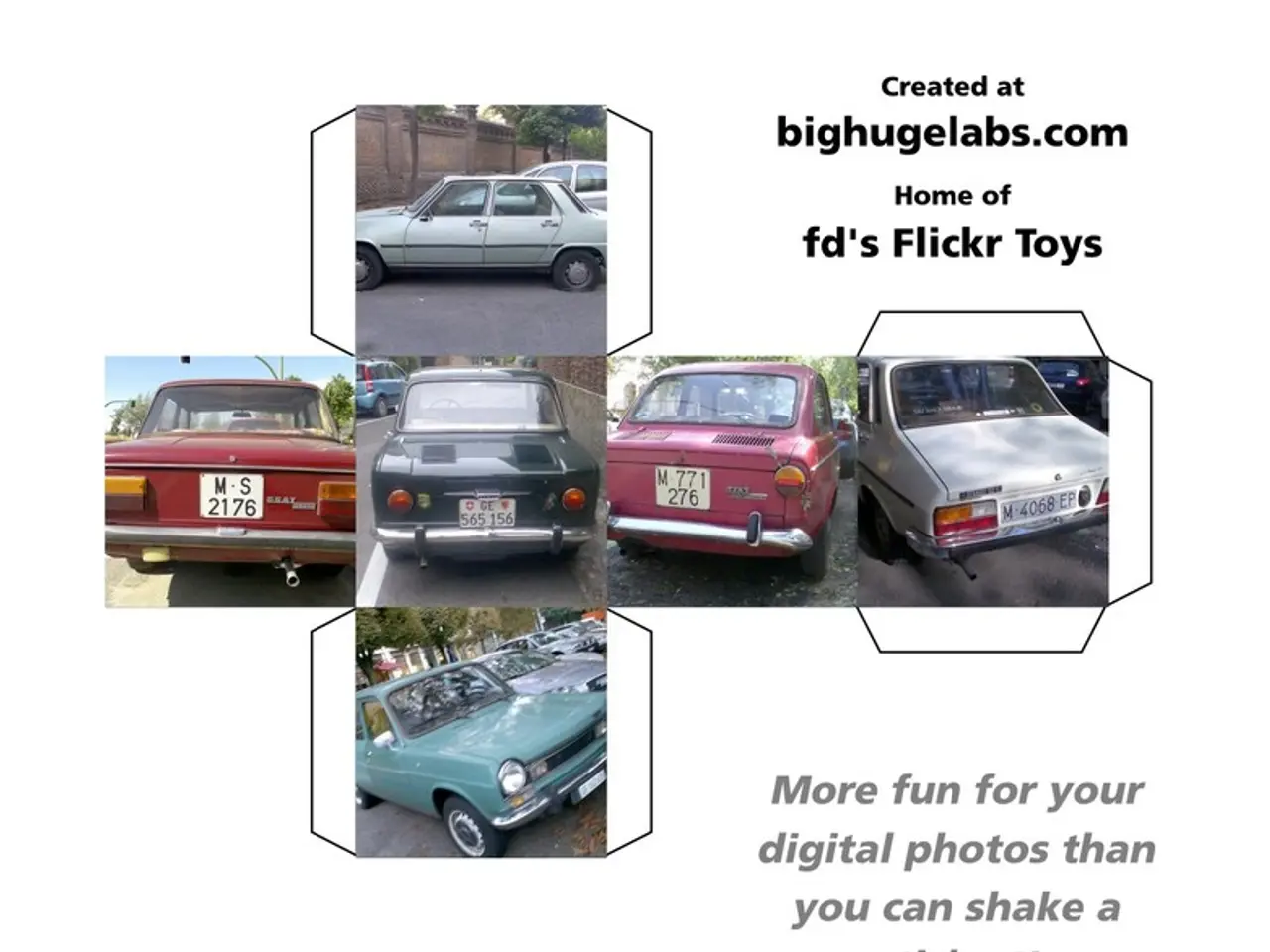Five significant developments to monitor in the automotive sector by the year 2025
In the automotive world, 2025 promises to be a year of significant advancements. With a focus on hybrid vehicles and electrification, global automakers are re-evaluating their product offerings.
The China market, the world's biggest, remains highly competitive. Ongoing price wars and growing EV sales by domestic brands pose a threat to overseas automakers' market share. In 2024, General Motors (GM) CEO Mary Barra referred to the China market as a "race to the bottom" after reporting big losses.
However, improvements in battery technology and the launch of new models are expected to drive continued EV adoption. Lithium-ion battery pack prices reached a record low of $115/kWh in late 2023 and are expected to fall towards $80/kWh by 2026, making electric vehicles more affordable for consumers.
Chinese car brands, such as BYD and MG, are most likely to reshape global markets in the coming years. They benefit from efficient mass production and lower battery costs, enabling them to offer more competitively priced electric vehicles in Europe and Germany despite EU tariffs.
Meanwhile, Honda, Nissan, and Mitsubishi are among the automakers trying to stay competitive while meeting tighter emission regulations. In the U.S., the Ford F-150 hybrid, Toyota RAV4, and Honda CRV were the three best-selling hybrid vehicles in 2024. Ford Motor Co. is offering a free home charger promotion through March 31 on the purchase or lease of a new EV, which helped achieve its best-ever electric vehicle sales in Q4.
As hybrid sales grow and the driving range of EVs increases, the need for massive public charging investments may become less of a factor holding back adoption. Purchase intent for electric vehicles remained largely unchanged in 2024, with only about 5% of U.S. consumers intending to buy a full electric vehicle as their next vehicle.
In terms of autonomous driving, EY Americas Automotive Sector Leader Steve Patton predicts that 2025 could be a year of significant advancement. AI, hardware, and vision technologies are expected to make hands-free driving systems more robust and safe in the upcoming years, leading to increased usage. The launch of more advanced automated driving features could lead to licensing opportunities for companies like Waymo and Nuro, allowing more automakers to offer these features without significant investments.
The Super Cruise and BlueCruise hands-free highway driving features developed by GM and Ford currently work on hundreds of thousands of miles of roads in the U.S. As these technologies advance, we can expect to see more autonomous vehicles on our roads in the near future.
In conclusion, 2025 is shaping up to be an exciting year for the automotive industry. With advancements in electric vehicle technology, growing adoption rates, and the development of autonomous driving features, the future of transportation looks promising.
Read also:
- Peptide YY (PYY): Exploring its Role in Appetite Suppression, Intestinal Health, and Cognitive Links
- Toddler Health: Rotavirus Signs, Origins, and Potential Complications
- Digestive issues and heart discomfort: Root causes and associated health conditions
- House Infernos: Deadly Hazards Surpassing the Flames








